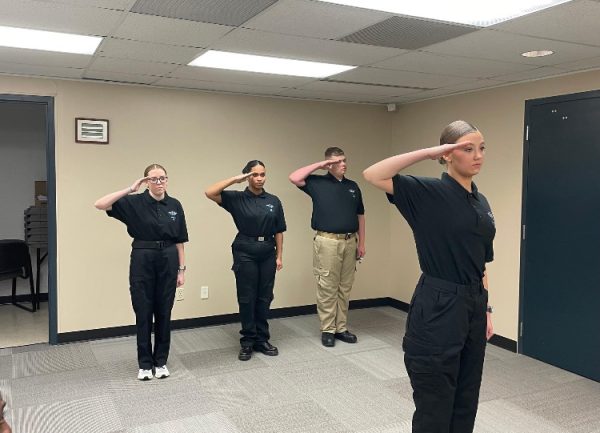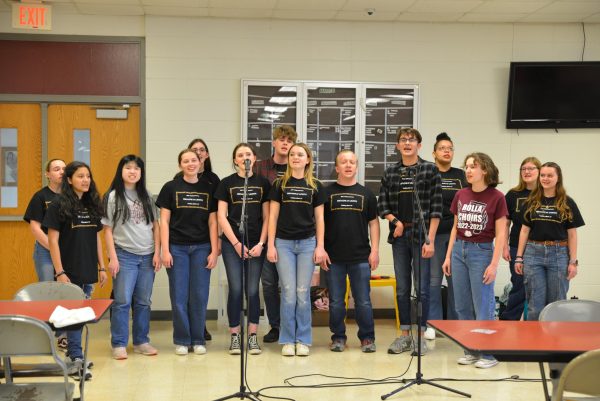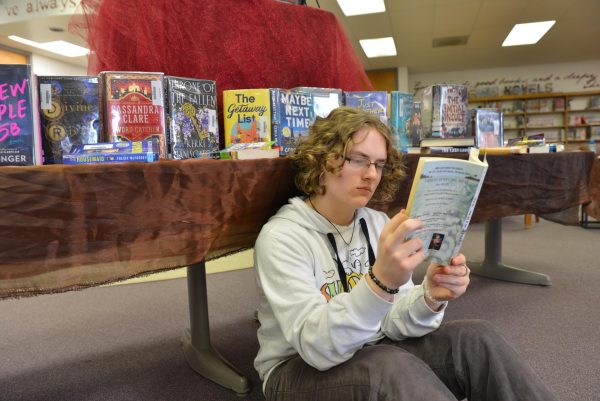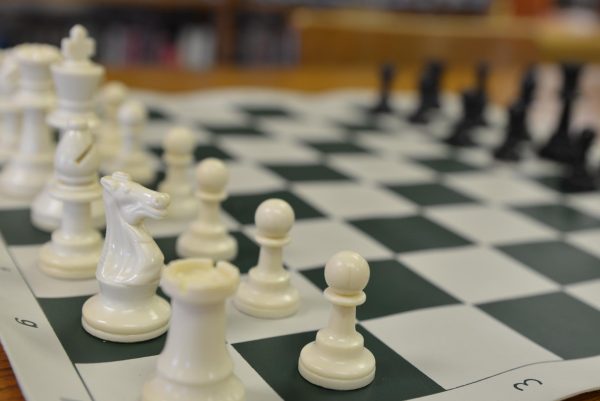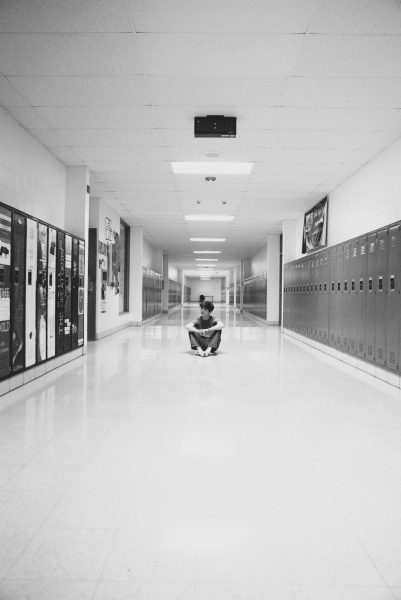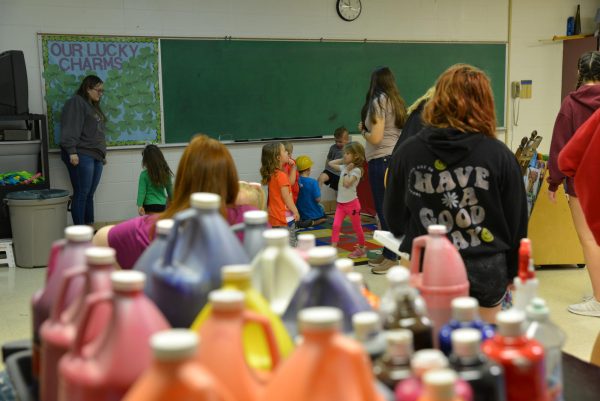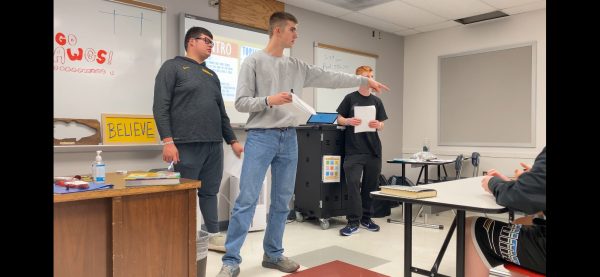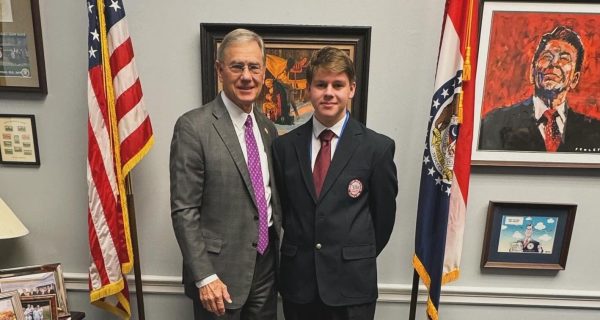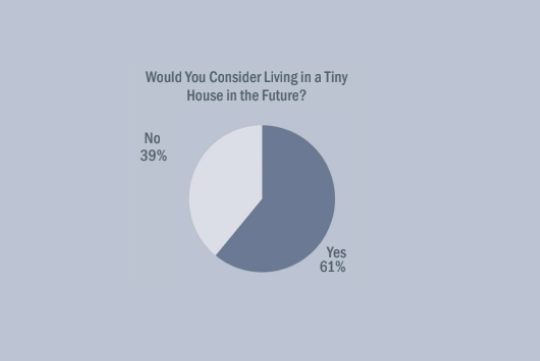Robotics team gears up for 2017 season
The world of technology is one that expands rapidly every day. It has become a major industry in our lifetime, employing over 6.5 million people in the Unites States alone, just in 2014. Luckily, here in Rolla, there are many ways to become introduced into this new field: One popular way is through joining the Robotics Club.
“[The vision is] to transform our culture by creating a world where science and technology are celebrated and where young people dream of becoming science and technology leaders,” founder Dean Kamen said.
This was Kamen’s hope when he first began the FIRST program, which means For Inspiration and Recognition of Science and Technology. He chose to focus on robotics for his program, which has become the leading non-profit STEM (Science Technology Engineering and Math) program worldwide.
“FIRST is more than robots. The robots are a vehicle for students to learn important life skills. Kids often come in not knowing what to expect — of the program nor of themselves. They leave, even after the first season, with a vision, with confidence, and with a sense that they can create their own future,” Kamen said.
Rolla has their own FIRST robotics club, led by Leigh Ann Tumbrink. There are three different teams within the robotics club, each represented by their own four digit number. Their season just ended and they went to state on March fifth; unfortunately, they did not advance any further.
“There is a certain season for [robotics]. It starts a little after school gets in, then we brainstorm, build, test, then compete. If you qualify for a higher level tournament, you move on. If not, your season is over. We went to two qualifying tournaments and advanced to state, which we didn’t get passed because of the judges. Once you’re out or the competition there’s not much you can do except for fundraising and outreach for the next year, which we do over the summer,” member of team 4964 and sophomore Charlie Roberts said.
Just because they did not advance past state, does not mean their robots were not well-made, however. Since there is no quantitative data that can name a definite winner, a lot of the scores are left to the judges’ opinions.
“Our robot was really good and we should’ve gotten past state. We didn’t because it was a bad call. It was the final round in state, and we were doing good, with two good robots for the two rounds. In the first round your robot was supposed to be autonomous, which means running on their own, but we didn’t do that, so it actually crashed into our other robot and it was put out of commission. But we still managed to make the robot hang, which was the second round. The challenge, which is different every year, teams or two students from any school compete in a different game, like a sport. Last year’s involved scoring balls into hoops, with different heights… we we’re not good at that. But this year there was a mountain-like ramp, with ladder rungs. there was a point scoring system, with different ways to score. Ours did a pull up off of the ladder ramp, which is actually more difficult since it weighed 30-40 pounds. That was worth valuable points,” Roberts said.



